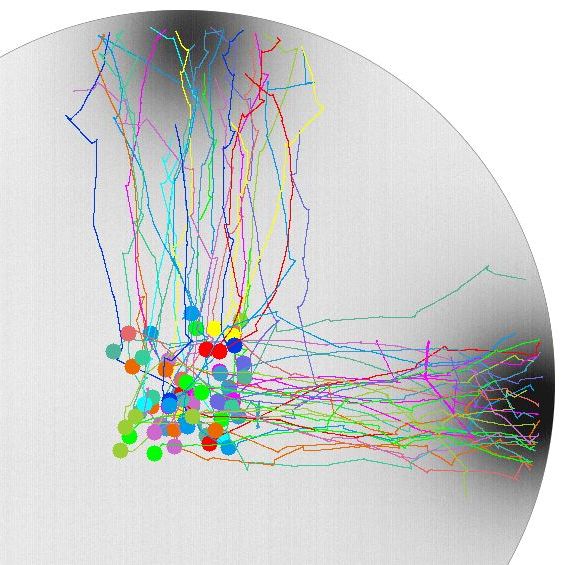How does the brain select appropriate behavior when faced with a constantly changing environment and fluctuating internal goals? And how is this process disrupted in neurodevelopmental disorders, like autism and schizophrenia? To answer these questions, we study neural circuits that integrate sensory processing with behavioral state, using the power of the optically transparent zebrafish larva.
Highlights

Our Research
Our previous work has uncovered all sorts of unexpected phenomena in zebrafish larvae: light reception by deep brain photoreceptors, the neural basis for fear-paralysis, and a neuronal substrate for asymmetric motor behaviors, similar to human handedness. We use a mix of genetics, behavioral analysis, functional imaging and computational methods to tackle these questions.

Our Projects
Current areas of interest in the lab include include discovering neurons that control fluctuating levels of arousal during wakefulness and understanding how environmental context influences the processing of sensory cues. We are especially interested in how gene mutations linked to autism and schizophrenia influence the functional development of ciruits that mediate these function.

Our Team
The lab is part of the intramural research program at the National Institute of Child Health and Human Development, in Bethesda, Maryland. Team members include undergraduates, postbaccalaureate students, grad students, postdocs and more senior researchers. Our work is powered by the 20000+ tank zebrafish facility maintained at the NIH.
This is not an official NIH site and does not represent official NIH or government views.